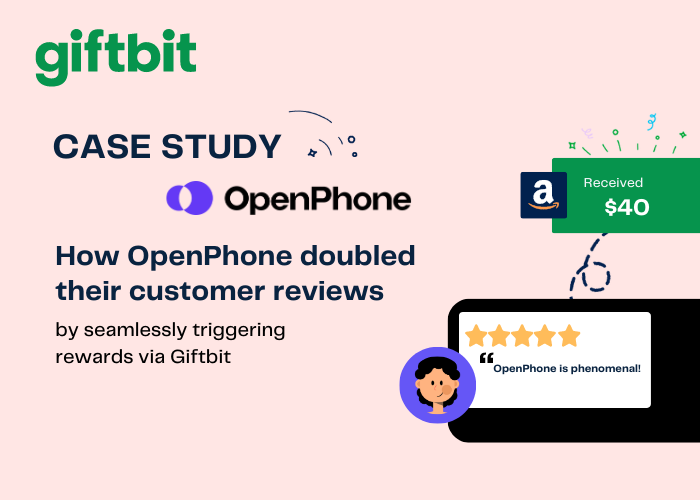Mobile payment technology is growing rapidly, with major corporations like Apple and Samsung offering their own solutions, and changing the way marketers connect with consumers. As of 2015, about 18% of North Americans use mobile payments on a regular basis, and marketers are predicting a 210% increase in the dollar value of transactions this year. Consumers expect to use cash much less by 2020, and to increase their use of PayPal and retailer apps.
Retailers are aware of the trend: while only 7% currently accept Apple Pay, for example, a full 63% of retailers plan to accept it by 2017. As more users shift towards mobile payments, brands are focusing their marketing strategies on mobile platforms.
As a result, the metrics used to measure desktop traffic are not as relevant. New technology breeds new forms of measurement, and market researchers will need to look for new ways to study consumer behavior.
Different Purchase Behavior on Mobile
.jpg?width=600&height=400&name=iStock-1205266216%20(1).jpg)
Marketing on mobile requires a different style of advertising and optimization; therefore, consumer behavior for mobile users is different compared to that of desktop shoppers. For consumer research, this means tracking a whole new set of metrics. Mobile users will buy different products, spend different amounts and may demonstrate more impulsive purchase behavior than desktop users.
For instance, when in store, mobile shoppers usually scan barcodes and read reviews more often than their desktop counterparts; mobile users are also 46% more willing to share information in exchange for a more personalized shopping experience, but only for loyalty programs.
The statistics on location are particularly interesting: four in five mobile users believe that ads should be customized to their city. This means that the need for custom data specific to a particular region is on the rise. An increase in location-specific advertising provides a clear way for market researchers to find out what works in specific regions. The downside is that in many cases, national research won’t cut it anymore—researchers will need to gather data on one area at a time. The result will be more accurate data, but it will be more time-consuming to gather.
Generational Gap in Mobile Users
Mobile usage is dominated by a younger to middle-aged demographic, who may respond differently and have different purchasing habits than older generations. For users aged 18–29, 30.1% use mobile payment technology, while among users aged 30–44, 38.1% use mobile payment technology, compared to just 11.2% of those 60 and older.
The gap means that consumer behavior research will be tailored towards measuring the behaviors of consumers in this age bracket. Market researchers will need to measure what incites a younger to middle-aged person’s purchase behavior and decide how it will affect their marketing going forward.
How Proximity Marketing is Changing the Landscape

Proximity marketing has the power to notify a user of a promotion on an item that is right in front of them or nearby. A mechanism uses beacon technology to ping a user’s phone when they are within proximity of a certain store or item. This elicits excitement, but may not demonstrate normal consumer purchasing behavior. It does offer the opportunity to increase engagement with consumers who walk by particular items.
Proximity marketing is the extreme of location-based advertising—it’s not just delivering ads based on city, but on shopping mall. Since it is delivered to users when they are close to the retailer in question, and often when they are already exhibiting purchasing behavior, it has a high chance of success. It may reveal insights that are more about impulse than trends. Market researchers will need to study whether proximity marketing is an effective way of reaching their target market.
With emerging technologies like Apple Pay and Google Wallet, mobile payments are increasing fast. New opportunities for advertising through proximity marketing and the rising importance of location-specific advertising will disrupt the current trend of national research and campaigns.
Ironically, as the internet makes the world smaller and more connected, the importance of physical location is rising for market researchers. Consumers who pay with their phones are essentially walking around with their wallet telling marketers where they are—and that’s providing a crucial opportunity to market to them in the right place.

How To Increase Survey Response Rates
In fact, the success of your research surveys will often hinge on your response rates. High participation ensures a diverse and robust...

How Giftbit Helped A Business Communication App Double Its Reviews
OpenPhone doubled their customer reviews and unlocked seamless sending with a simple Giftbit + Zapier connection.
Read more






